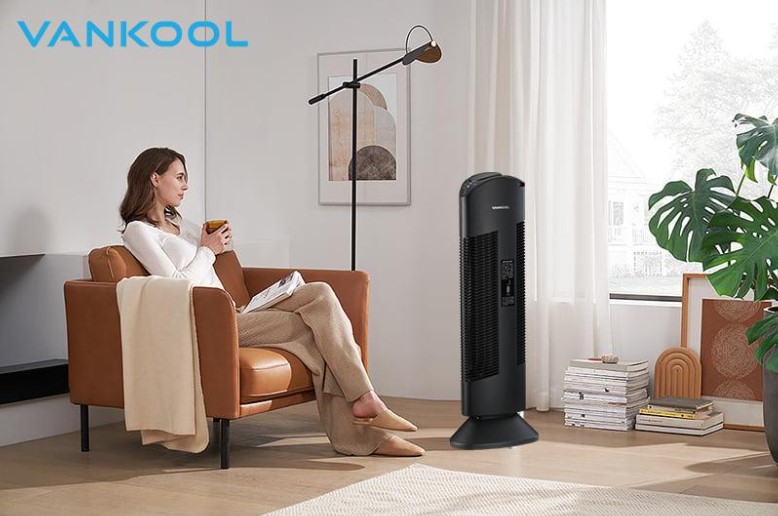
During the Covid-19 pandemic, people are becoming more concerned about clean air. As a step to get clean air, many people buy air purifier machines.
However, it turns out that many of the technologies offered by these machines are not recommended by experts. Not only because it is ineffective and cannot be scientifically justified, but also has the potential to make the air dirtier and have an impact on health, because it can actually trigger cancer.
“About 70 percent to 80 percent or the majority of air purifiers sold use technology that is not recommended by environmental experts,
one of the prestigious medical journals, The Lancet Covid-19 Commission Task Force for Safe School, Safe Work, and Safe Travel which states that technologies that are not recommended include bipolar ionization, plasma systems, air purifiers with ionizers or ultraviolet (UV) light. dry hydrogen peroxide, and photocatalytic oxidation.
The technology, he continued, is found in many air purifiers sold. He explained that the UV rays in the air purifier machine are indeed very promising at first glance.
In fact, said the holder of this PhD, UV light requires a long exposure time to kill viruses and bacteria in the air, about 12 to 60 seconds depending on various factors, while in an air purifier, the air is only exposed to UV rays in less than 1 hour. seconds, so that the UV rays in the air purifier are ineffective.
“Installation of UV rays in the air purifier (أجهزة تنقية الهواء) is potentially dangerous because if you are not careful, direct exposure to UV rays can cause irritation to the skin, eyes and even cancer,” he explained.
Meanwhile, ionization technology will make dust or particles in the air charged, so it will stick to the surface.
He illustrates like a balloon being rubbed into the hair so that the balloon sticks to the hair.
“Ionization technology and photocatalytic oxidation are not recommended, because they have the potential to produce ozone gas which is harmful to our respiratory system. Although many air purifier manufacturers say that their technology does not produce ozone gas, independent research results disagree,” he added.
because people’s understanding of air cleaning technology is still minimal.
This causes many people to buy air purifiers based solely on advertisements or following trends from social media. In fact, many of these air purifiers are included in the category that is not recommended by the experts in the journal above.
This is very ironic, because even though you have spent a lot of money, the air you get is not getting cleaner, but actually getting dirtier and more dangerous.
An easy and inexpensive solution to getting clean air is to make sure the house has adequate ventilation. “Just open the windows of the house, so that air circulation occurs,” he suggested.
Tips for Using Air Purifier
three tips for selecting and using air purifier products to optimize air quality.
First, for office buildings that do not allow opening windows, it is recommended that office managers ensure their air purifiers use an independently certified HEPA (High Efficiency Particulate Air) filter.
HEPA filters have been scientifically proven to filter out particles in the air, including very small viruses and bacteria.
However, even if there is a HEPA filter, it is advisable to turn off the UV or ionization lamps in the air purifier.
“Hepa filters when combined with UV, besides being potentially dangerous when exposed to direct UV, the UV function is also ineffective. However, if there is already an air purifier with HEPA and UV, just turn off the UV light,” he advised.
Second, make sure the air purifier that you want to buy is adjusted to the size of the room and its application. For example, an air purifier for a room of 20 square meters is applied to a room of 80 square meters. It will not effectively clean the air.
“The effectiveness of an air purifier is determined by how big the CADR, Clean Air Delivery Rate. An air purifier that will be used for a larger room with more people or more sensitive rooms, such as a doctor’s office, requires a much larger CADR than a bedroom or residence for the same room area,” he explained in detail.
Third, tips to avoid using an ionization-based air purifier, photocatalytic oxidation or its derivatives, and UV light.
